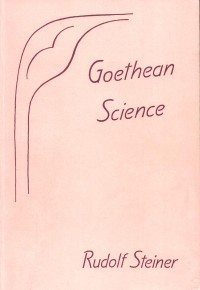What do you think?
Rate this book


RUDOLF STEINER (1861-1925) became a respected and well-published scientific,
literary, and philosophical scholar, particularly known for his work on
Goethe's scientific writings. At the beginning of the twentieth century, he
began to develop his earlier philosophical principles into an approach to
methodical research of psychological and spiritual phenomena. His
multifaceted genius has led to innovative and holistic approaches in
medicine, philosophy, religion, education (Waldorf schools), special
education (the Camphill movement), economics, agriculture (biodynamics),
science, architecture, and the arts (drama, speech and eurythmy). In 1924 he
founded the General Anthroposophical Society, which has branches throughout
the world.
Paperback
First published December 1, 1988